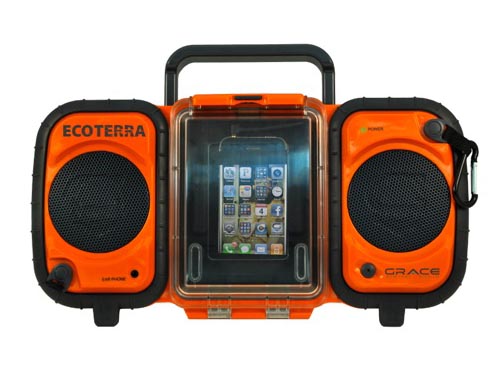Elise wasn't ready for the Windjammers so I decided that I would do some bike riding instead. Some FB posts from fellow sailors on the course seems to indicate that there was very little wind which makes me feel a whole lot better :) And no wind is a good day for a ride.
Posting this as this is part of my cross-training for sailing, and in particular long distance short-handed racing.
I went out for a ride today up to Skyline and then back around a reservoir. Interesting day.
[[posterous-content:pid___0]]
1st - I am an idiot - my water bottle messed up my rear brake cable and I braked constantly albeit slightly on my way up. I just couldn't believe how hard things felt when the grade wasn't that huge. The bike just didn't seem to go anywhere and it was a ton of effort. I thought that perhaps I was just way too tired from the week or something...I finally stopped to see if something was wrong and sure enough I realized that the brake was on...it is like driving with your hand brake still on.
Very stupid of me. For the first third of my ride, I probably doubled the amount of effort required for the light climb. This was supposed to be a recovery ride. So much for that! I kept shifting back and forth on the saddle to rest my front or back leg muscles from time to time - because they were certainly working hard!
Lesson learned: if something feels wrong and even on flat terrain the light bike just seems to stick to the ground, stop and check your brakes...
[[posterous-content:pid___2]]2nd - wet is wet. I cycled up in the 'mountains' on King's Mountain - it is more like a hill...but it is low enough to be in a cloud. Even the peninsula was in the fog today - so I basically cycled for two hours in fine drizzle. I was wearing a light breathable sailing jacket which helped a ton and I think that bike shorts kind of absorb the moisture nicely. However, I was also wearing regular light cotton socks and bike shoes - normally when I go sailing and expect to be wet, I wear boots so that water doesn't get to my feet...Well, bike shoes are not waterproof. Both the shoes and the socks got really wet. This made my feet weigh a couple more extra pounds each - it literally felt like I was moving up steel with each pedal stroke. So as soon as I fixed my brake problem, I found another slowing problem. In fairness I was expecting SUN south of San Francisco.
Leson learned: if there is any chance that it will be wet, wear goretex socks or some water protection over your shoes...[[posterous-content:pid___4]]3rd - I rode with a pro. Right after I came down from the hill, I asked a rider who happened to ride by for directions back to my car. Since he was going there, he rode alongside me for maybe 8 miles or so. As we were riding he asks me 'do you race? you sound French, the mecca for cycling' - (I assumed he meant a bike, and not racing in general as I do actually race) - 'oh no, I took up biking about 6 or 7 weeks ago as a cross training tool for sailing' - 'oh, I see'
I wanted to be polite and since he was on a carbon fiber Cervelo bikes with rim as wide as the palm of my hand, I kind of assumed he was a racer so I asked 'what about you?'
'kind of. I am taking this year off to be with my family. I am just back on the bike. I rode in the Tour (meaning De France), I placed in the Nationals championship and I am just back on the bike after my break so that I can start seriously training for the Worlds next year. In a few weeks I will be riding 4 to 6 hours a day 6 days a week and doing recovery rides the rest of the time'
[[posterous-content:pid___3]]He asked me if I saw whales when I go out. Told him the whale story.
His 'warm up' pace was my top speed...He could speak extremely easily - and me after my 'brake on' climb and trying to keep up with him, I was puffing like crazy between each word.
In any case, I did not slow down...and we rode together. He did set the pace...
Fortunately, he got a flat a couple of miles before my destination so I could slow down.
Total for the day 22 miles. Total so far for the week 75 miles.

















































